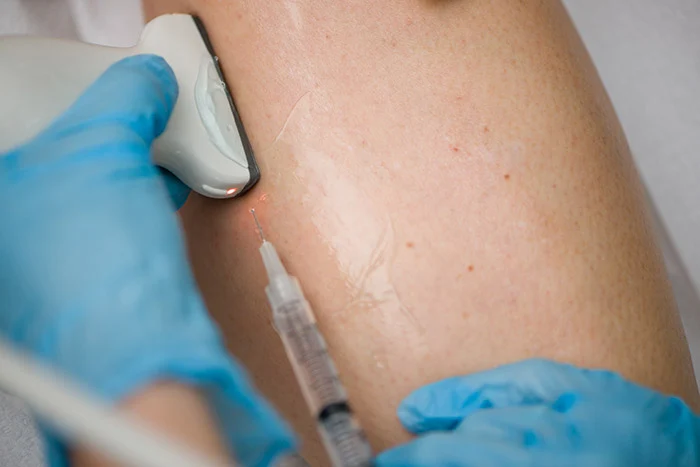Varicose veins are enlarged, twisted veins that often appear blue or dark purple. While they can develop anywhere in the body, they most commonly affect the legs. Although many people think of varicose veins as a cosmetic issue, they indicate an underlying problem with blood circulation. Understanding how these veins affect the circulatory system can help you recognize their potential impact on your overall health.
Slowing Blood Circulation
Your circulatory system continuously moves blood throughout your body. Arteries carry oxygen-rich blood from your heart to your tissues. Veins return deoxygenated blood back to your heart. Leg veins, where varicose veins most commonly develop, have a tough job as they must work against gravity. To assist this process, tiny one-way valves inside the veins open to let blood through and then close, preventing it from flowing backward.
When these valves weaken or become damaged, a condition known as venous insufficiency occurs, causing them to fail to close properly. This allows blood to flow backward and pool in the veins. The blood accumulation causes veins to stretch, bulge, and become varicose. This leads to slower and less efficient circulation in the affected areas.
Increasing Venous Pressure
As blood pools in the veins of the lower legs, the pressure inside these vessels, known as venous pressure, begins to rise. This sustained high venous pressure, or venous hypertension, impacts the circulatory system in several ways:
- Disruption of Healthy Circulation: Healthy circulation depends on a balanced pressure gradient to efficiently move blood from the extremities back to the heart. Elevated venous pressure disrupts this natural flow.
- Strain on Vein Walls: Constant high pressure places significant strain on the walls of the veins and surrounding capillaries.
- Progressive Damage: Over time, this pressure causes veins to become further stretched and damaged, exacerbating the condition and impairing circulation.
Causing Fluid Retention
Elevated venous pressure has significant consequences, primarily leading to fluid retention and its associated complications:
- Fluid leakage: High pressure forces fluid from small blood vessels (capillaries) into surrounding tissues.
- Edema (swelling): This leakage results in swelling, most commonly observed in the ankles and lower legs.
- Physical discomfort: Fluid retention can cause feelings of heaviness, tightness, or discomfort in the affected limbs.
- Long-term skin changes: Persistent edema can eventually lead to skin discoloration, hardening, and an increased risk of developing skin ulcers, known as venous ulcers.
Triggering Inflammation
The pooling of blood and increased pressure associated with varicose veins can trigger an inflammatory response in the surrounding tissues. This inflammation contributes to many of the common symptoms experienced with this condition. Individuals may report aching, throbbing, cramping, or a burning sensation in their legs. These symptoms often worsen after long periods of standing or sitting, as gravity makes it even more challenging for the blood to flow upward toward the heart.
Take Control of Varicose Veins
Recognizing the signs of circulatory changes related to varicose veins is a beneficial step in managing your health. Symptoms such as leg swelling, pain, skin discoloration, or the development of non-healing sores are indicators that warrant attention. By understanding the connection between varicose veins and the circulatory system, you can be more aware of your body and its signals. If you are experiencing symptoms related to varicose veins, consulting with a specialist can provide you with information about your situation.



